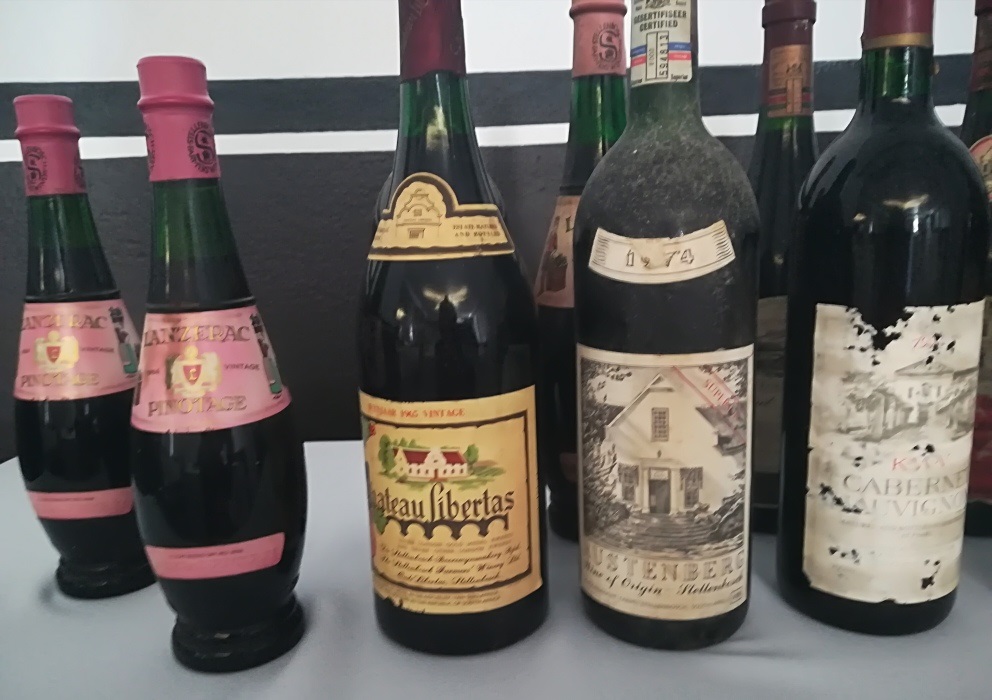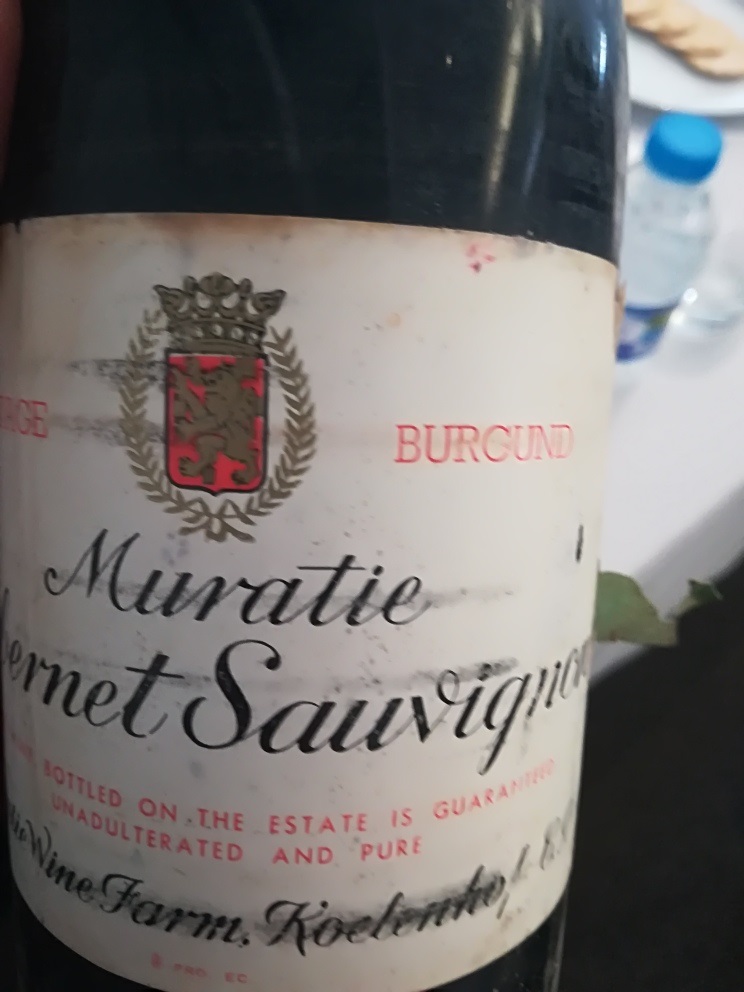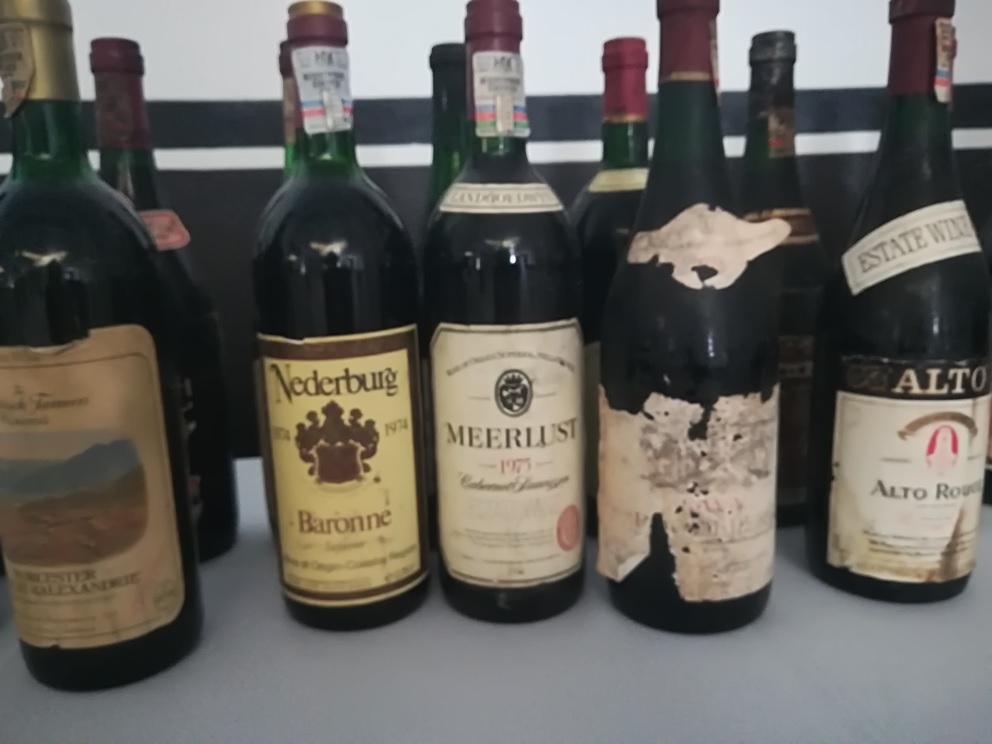OLD WINE TASTING
For the past 11 years a tasting of old South African wines has been held the afternoon prior to the Old Mutual Trophy Wine Show judging. While this is mainly for the benefit of the Show’s international judges, local judges, past (in my case) and present are also invited.
With a minimum age limit of 15 years for whites, 25 years for reds, most exceeding those minimums, it’s an occasion full of surprises and not to be missed. Generous donations by individuals from their cellars, the former Stellenbosch Farmers’ Winery (now Distell) Tabernacle and, more recently, from cellars purchased by Michael Fridjhon, Show Chair and moderator of the tasting, sustain this annual event.
As the years have gone by, so the wines have begun to reflect the modern era. In a generally poor year for reds, 2002 produced some excellent whites. Vergelegen Sauvignon Blanc 2002 is well-aged, not complex but still rich and lively with ripe Sauvignon fruit; a great advert for Sauvignon and a first for screwcaps on this tasting.
Stellenbosch Farmers’ Winery Worcester Muscat d’Alexandrie 1973 proved a left-field surprise. One of a short-lived range of regional wines released to introduce the newly-promulgated Wine of Origin, it is still dazzling yellow gold with minty muscat, generous fruit and dry yet bitter-free tail; a really good drink. Not bad for a 45 year old!

Klein Constantia Blanc de Blanc 1987, Sauvignon with a splash of botrytised Chenin and Meerlust Cabernet Sauvignon 1975 both reflected the old saying, ‘there are no great wines, only great bottles.’ The former, which has delighted on previous occasions, was on a downward slide this year. Two years ago, the Cabernet received mixed opinions; it received much greater acclaim this year for its sound Cabernet character and freshness.

Pre-Wine of Origin System in 1973, some labels were imaginative using origin. No vintage mentioned, but probably from 1960s
There is much to be learned from this tasting. The luminosity and clarity in the 24 red wines, ranging from 1964 to 1983, were attractions not often seen in modern reds with their opaque almost black red hue. Thank goodness, the tide is beginning to turn back on this trend, as it is towards less oak. With the arrival of small oak barrels at the end of the 1970s/early 1980s, oak flavours became the taste du jour; today, both costs and winemakers’ inclination sees oak take a supportive rather than leading role.
Shiraz appeared in many of the old wines, whether blends or under a varietal label other than Shiraz (before a minimum 85% of stated variety was required for varietal certification), as there was plenty of it. That old-style well-worn leather character has today been replaced with brighter florals, red fruits and spice. That said, Alto Rouge 1973, KWV Roodeberg 1973 both including Cabernet and Cinsaut as well as Shiraz, reminded how good blends can be, something today’s winemakers are again thinking about.

But my favourite wine wasn’t a blend but Zonnebloem Cabernet 1969, which tasted very much as one would like a mature Cabernet to taste; elegant, complex w still and well structured.
Tasting old South African wines is a wonderful dip into the past. There’s much to be learnt from them; they also offer insights into the future.
- Angela Lloyd